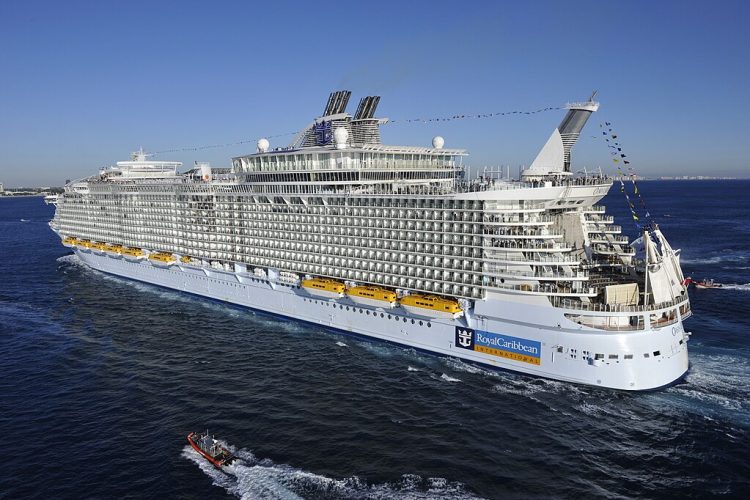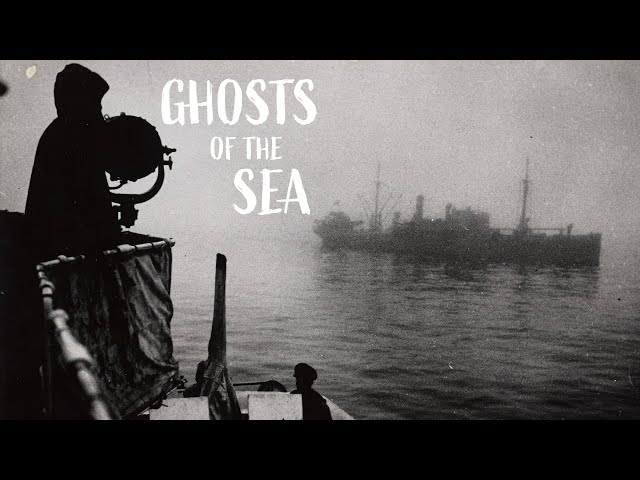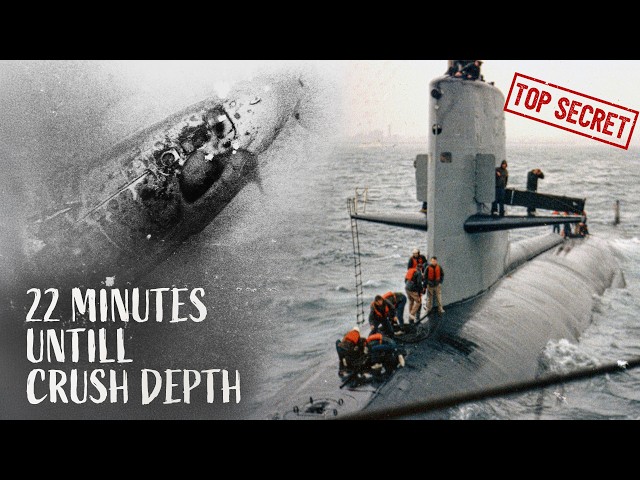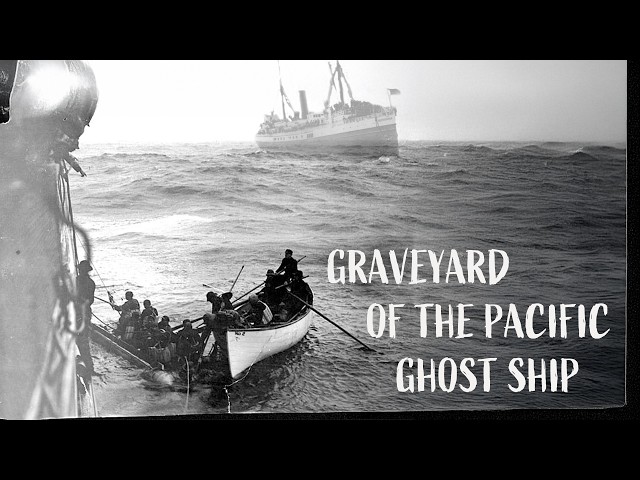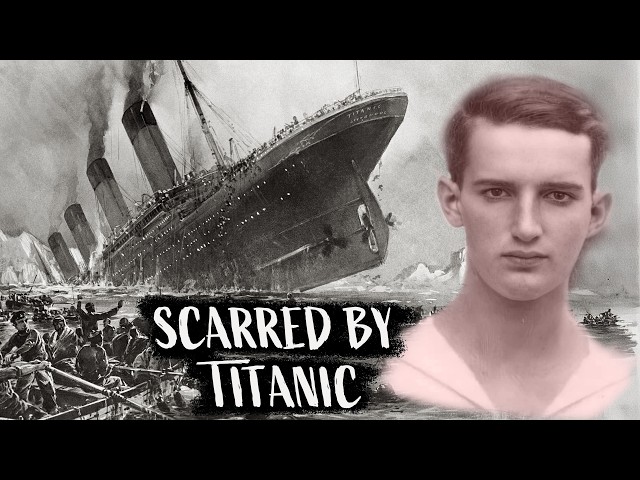In the 20th century, maritime engineering saw tremendous advancements, leading to the construction of some of the largest and most impressive boats ever built. These colossal vessels revolutionized transportation, commerce, and exploration on the high seas. From luxurious ocean liners to massive oil tankers, here are the top 10 biggest boats of the 20th century.
1. RMS Queen Mary
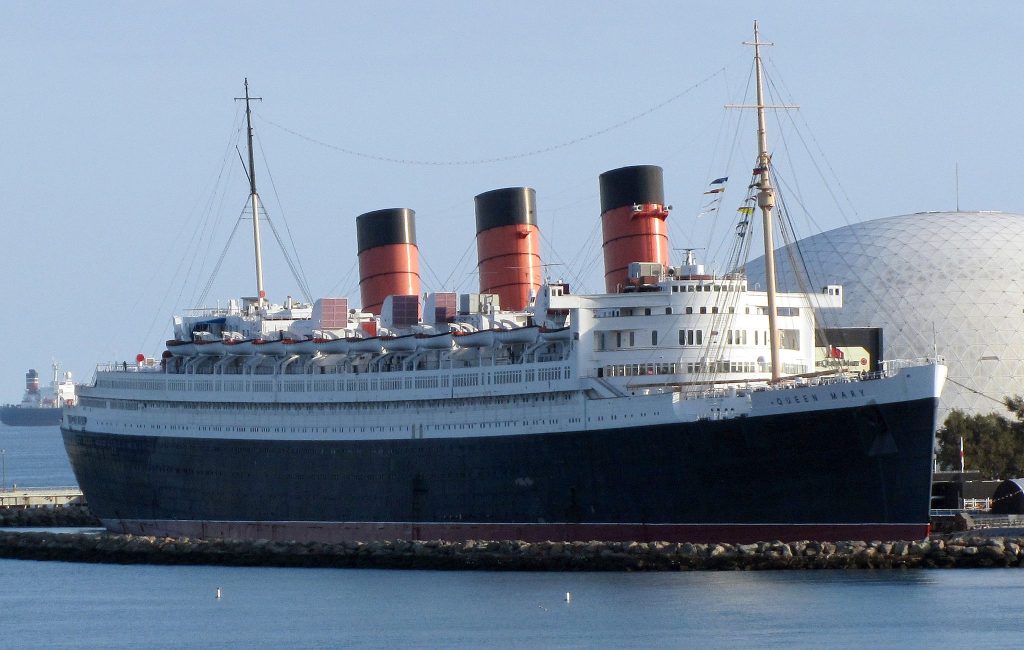
The RMS Queen Mary, launched in 1934, was one of the most famous ocean liners of its time. With a length of 1,019 feet and a gross tonnage of 81,237, it was the largest ship in the world until 1936. The Queen Mary’s elegant design and luxurious amenities made it a favored mode of transportation for celebrities, dignitaries, and immigrants.
2. SS United States

Launched in 1952, the SS United States was a symbol of American pride and technological innovation. With a length of 990 feet and a gross tonnage of 53,329, it was designed to be the fastest ocean liner in the world. The SS United States still holds the record for the fastest transatlantic crossing by a passenger ship.
3. Knock Nevis
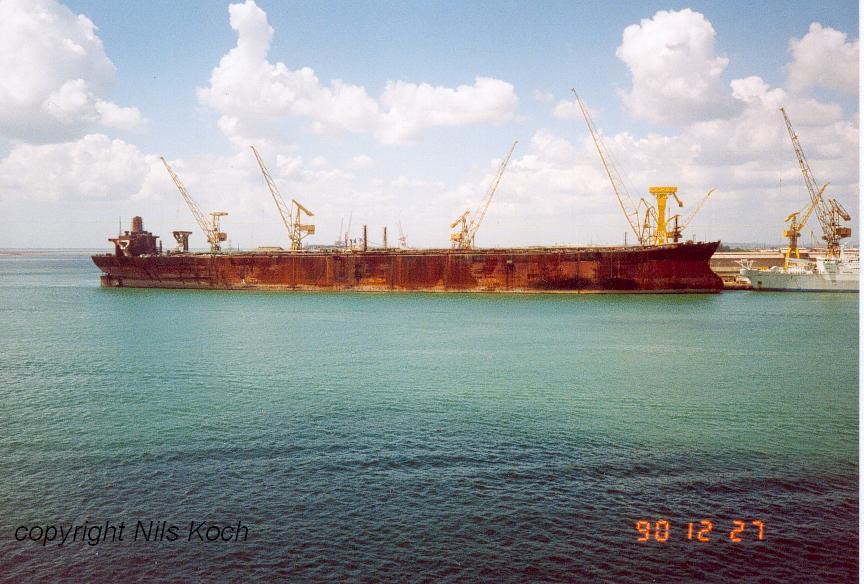
Formerly known as the Seawise Giant, the Knock Nevis was the largest supertanker ever built. With a length of 1,504 feet and a deadweight tonnage of 564,763, it held the record for the largest ship ever constructed by length and deadweight tonnage. The Knock Nevis was built in 1979 and had a full-load draft of 81 feet, making it too large to navigate the English Channel and Panama Canal.
4. Nimitz-class Aircraft Carriers
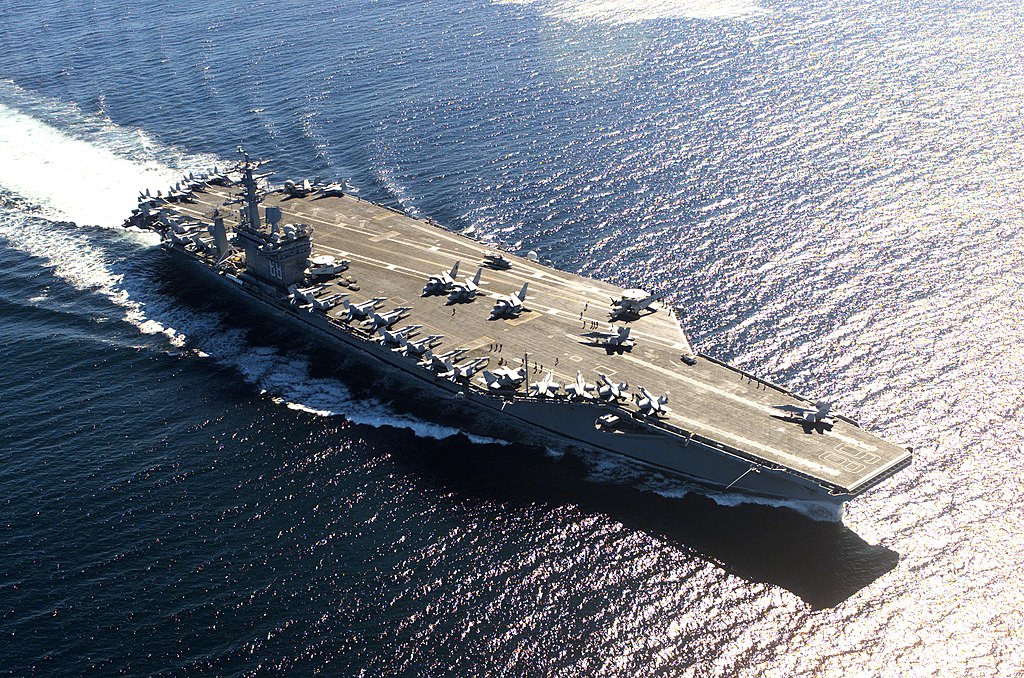
The Nimitz-class aircraft carriers, commissioned by the United States Navy, are the largest naval vessels in the world. These nuclear-powered warships measure 1,092 feet in length and have a displacement of over 100,000 tons. With their impressive flight decks and advanced capabilities, the Nimitz-class carriers play a crucial role in projecting American military power across the globe.
5. Oasis-class Cruise Ships
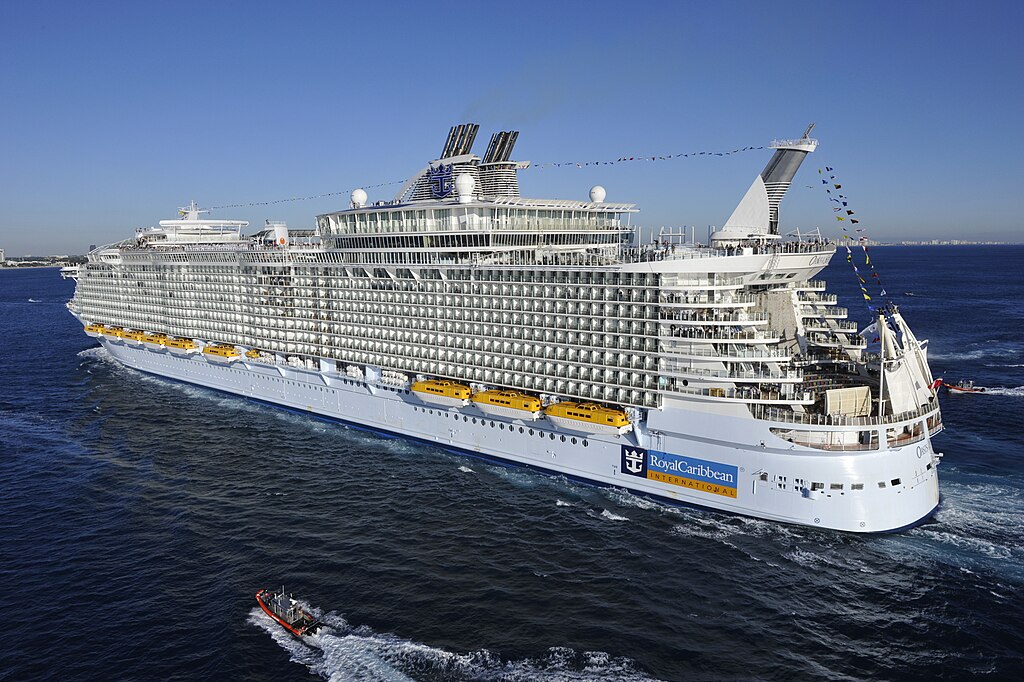
Royal Caribbean International’s Oasis-class cruise ships, such as Harmony of the Seas, are the largest passenger ships ever constructed. With a length of 1,188 feet and a gross tonnage of over 226,000, these floating cities offer a wide range of activities, amenities, and entertainment options for thousands of guests.
6. Esso Atlantic

Launched in 1977, the Esso Atlantic was one of the largest oil tankers ever built. With a length of 1,165 feet and a deadweight tonnage of 516,891, it could carry over 3 million barrels of oil. The Esso Atlantic was part of a fleet of supertankers used to transport oil from the Middle East to various destinations around the world.
7. USS Enterprise (CVN-65)

The USS Enterprise, the world’s first nuclear-powered aircraft carrier, was commissioned in 1961. With a length of 1,123 feet and a displacement of over 93,000 tons, it was the longest naval vessel ever built at the time. The USS Enterprise played a crucial role during the Cold War and participated in numerous military operations.
8. The Great Eastern
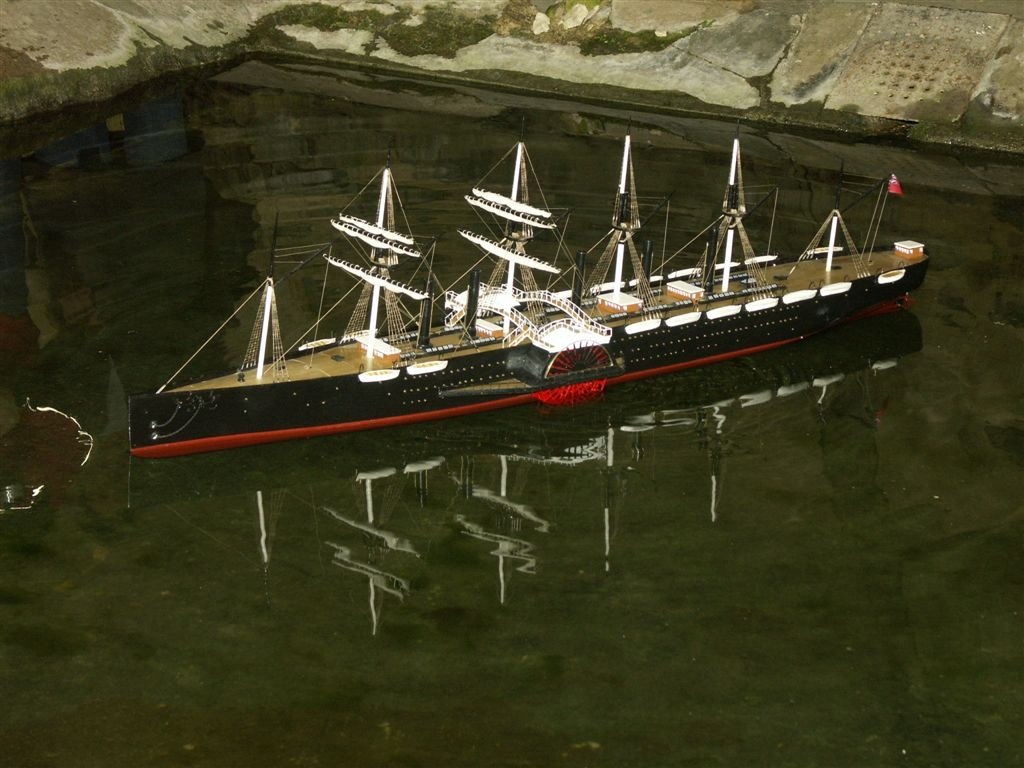
Designed by Isambard Kingdom Brunel and launched in 1858, the Great Eastern was the largest ship ever built at that time. It had a length of 692 feet and a gross tonnage of 18,915. Although not technically a 20th-century boat, the Great Eastern’s size and technological advancements made it a significant precursor to the massive ships of the 20th century.
9. Prelude FLNG
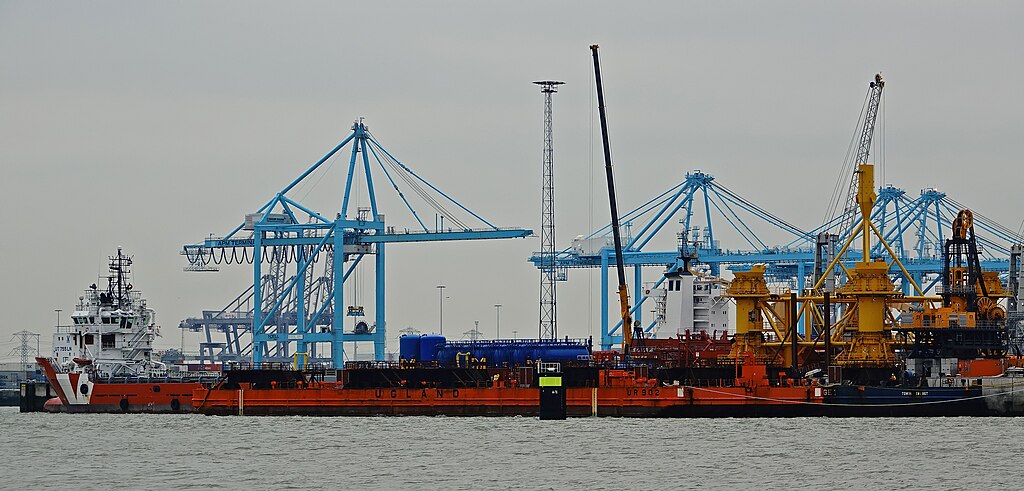
The Prelude FLNG (Floating Liquefied Natural Gas) is the largest offshore facility ever constructed. Built by Shell, it measures 1,601 feet in length and has a displacement of 600,000 tons. The Prelude FLNG is used to extract, produce, and liquefy natural gas off the coast of Australia.
10. Normand Maximus
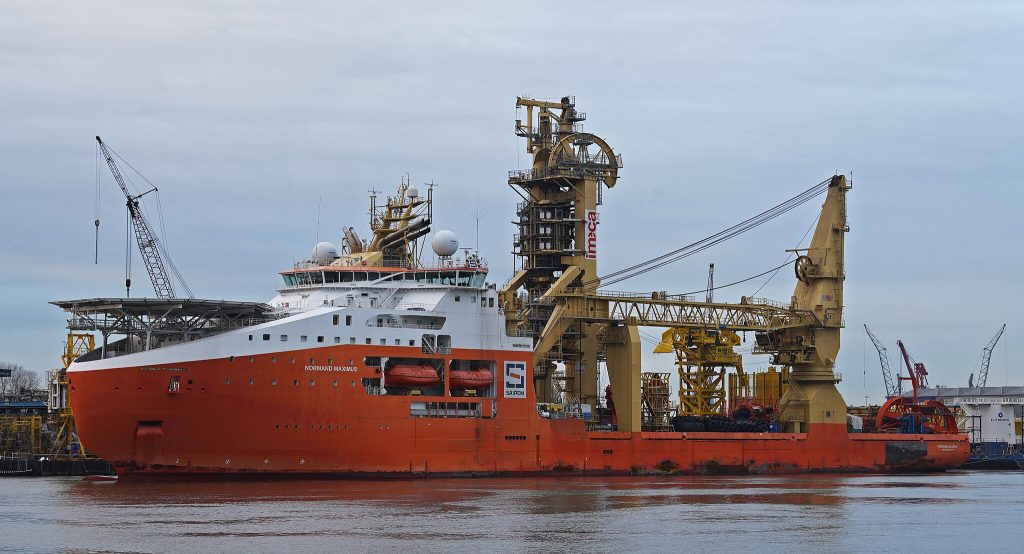
The Normand Maximus, launched in 2016, is the largest construction vessel ever built. It has a length of 974 feet and a gross tonnage of 218,314. The vessel is equipped with advanced technology and equipment for various offshore operations, including pipe laying and heavy lifting.
Conclusion
The 20th century gave birth to a new era of engineering marvels in the world of boats. From ocean liners to oil tankers and aircraft carriers, these massive vessels pushed the boundaries of what was considered possible. Today, even larger and more technologically advanced ships continue to shape the future of maritime transportation and exploration.
